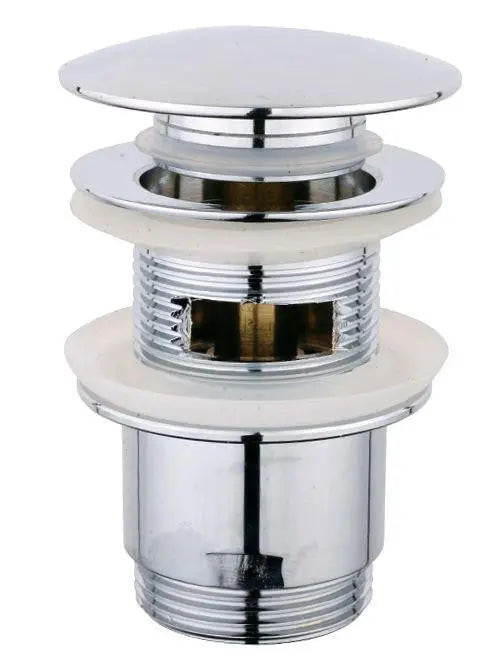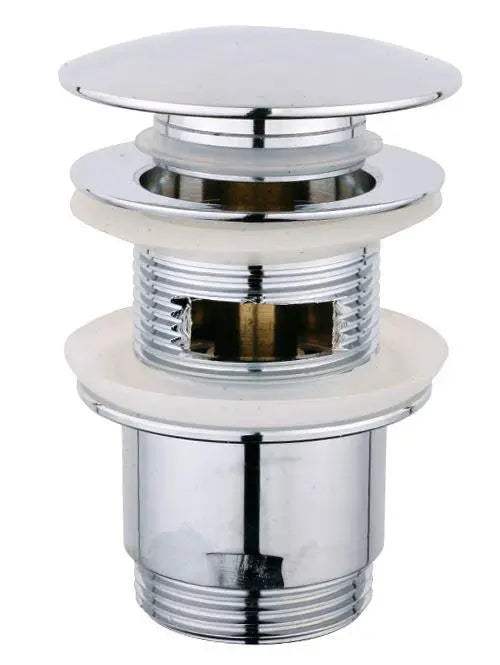Narrow Your Search
View allMain menu

Bathroom Waste
72 products
Showing 49 - 72 of 72 products
When it comes to our bathrooms, we often focus on the aesthetics and functionality of fixtures like the sink, toilet, and shower. However, one crucial element that tends to go unnoticed is the waste drainage system. The efficient functioning of our bathroom waste drains, including the bath drainage and bathroom sink drain, is essential not only for maintaining a clean and odour-free space but also for preventing clogs and costly repairs. In this article, we will delve into the world of bathroom waste drainage, offering tips and insights to ensure an effective and trouble-free experience.
Typically, bathroom waste drains consist of a series of interconnected pipes that transport waste and water away from your fixtures and into the main sewer or septic tank. These drains are designed to maintain a continual downward flow, encouraging smooth waste disposal without any blockages.
To avoid the hassle of dealing with clogged drains, it's best to adopt preventive measures from day one. Here are a few tips to keep in mind:
a) Use drain screens: Place drain screens over bath and sink drains to catch hair, soap residue, and other debris that can lead to clogs. Empty and clean these screens regularly to maintain their efficacy.
b) Avoid pouring grease: Grease and fat tend to solidify when they cool down, leading to clogged drains. Dispose of cooking oil and grease in a separate container and discard it appropriately instead of pouring it down the sink or toilet.
c) Dispose of waste properly: Only flush down the toilet what is meant to be flushed. Items like sanitary products, cotton balls, wet wipes, and dental floss are major contributors to toilet clogs. Use a bin specifically designed for non-flushable waste.
Even with preventive measures, it's important to regularly clean and maintain your bathroom waste drains. Here's what you can do:
a) Boiling water: Once a month, pour a kettle of boiling water down your bathroom sink and bathtub drains. This can help melt away any grease or soap residue that may have started accumulating.
b) Chemical cleaners: Use chemical drain cleaners sparingly and as a last resort. Harsh chemicals can damage your pipes and harm the environment. Opt for natural alternatives like baking soda and vinegar mixture, which can be poured down the drain followed by boiling water.
If you consistently face drainage issues or have an older plumbing system, it may be worth considering professional help or upgrades. Plumbers can use specialized tools like drain snakes or hydro jetting to remove stubborn clogs. Additionally, upgrading to modern, high-quality bathroom fixtures and pipes can improve water flow and minimize the risk of regular drain issues.
While the waste drainage system is often overlooked, it plays a vital role in maintaining a clean and functional bathroom. By implementing preventive measures, regular cleaning, and seeking professional help when required, you can keep your bathroom waste drains in great shape and enjoy a hassle-free experience. Remember, a little effort in maintaining your bathroom's functionality can go a long way in achieving a comfortable and hygienic space.

















































